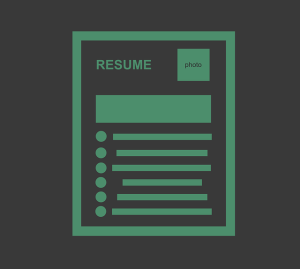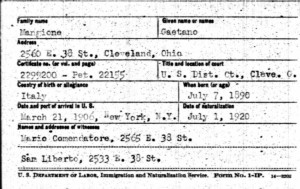3 suggestions when writing or updating your résumé
 We hosted a résumé workshop with an expert from Modern Employment earlier this summer, and she made three suggestions for anyone who’s writing or updating their résumé.
We hosted a résumé workshop with an expert from Modern Employment earlier this summer, and she made three suggestions for anyone who’s writing or updating their résumé.
1. Know what kind of résumé you want.
There are four kinds of résumé:
- Chronological, which lists your work experience from most recent and concludes with your education
- Functional, which emphasizes skills and abilities as opposed to previous positions
- Targeted, which is when you draft a résumé for a specific job listing
- Targeted chronological, which combines aspects of the first and third type.
Each kind of résumé is appropriate for a different situation. Targeted chronological résumés are typically most effective, and you should always spend some time targeting your résumé when you apply for a job.
However, if you have holes in your employment history or are trying to change careers, then you should draft a functional résumé that focuses on your skills.
By the way, our speaker advised not going back more than 15 years on a chronological résumé to avoid age discrimination.
2. Don’t forget your soft skills.
Do you know the difference between a hard and soft skill?
Hard skills include specific knowledge necessary to do a job. For example, if you’re a software developer, knowing Java is hard skill.
Hard skills are easy to demonstrate on a résumé with degrees, certificates, etc.
By comparison, soft skills characterize your ability to work with others and are much more difficult to measure. They include communication, decision-making and leadership skills, as well as creativity.
Soft skills may be difficult to measure, but they’re very important to many employers. Make sure you include them in your résumé.
3. Use action verbs.
Don’t litter your résumé with conjugations of “to have” and “to do.”
Don’t just “do.” Lead. Don’t just “research.” Search and solve. Don’t just “help.” Collaborate and contribute.
Here’s a helpful list of power words you can use when summarizing your résumé.
If you want more help in your career hunt, check out Ohio Means Jobs’ tips for writing a resume and searching for jobs online.

